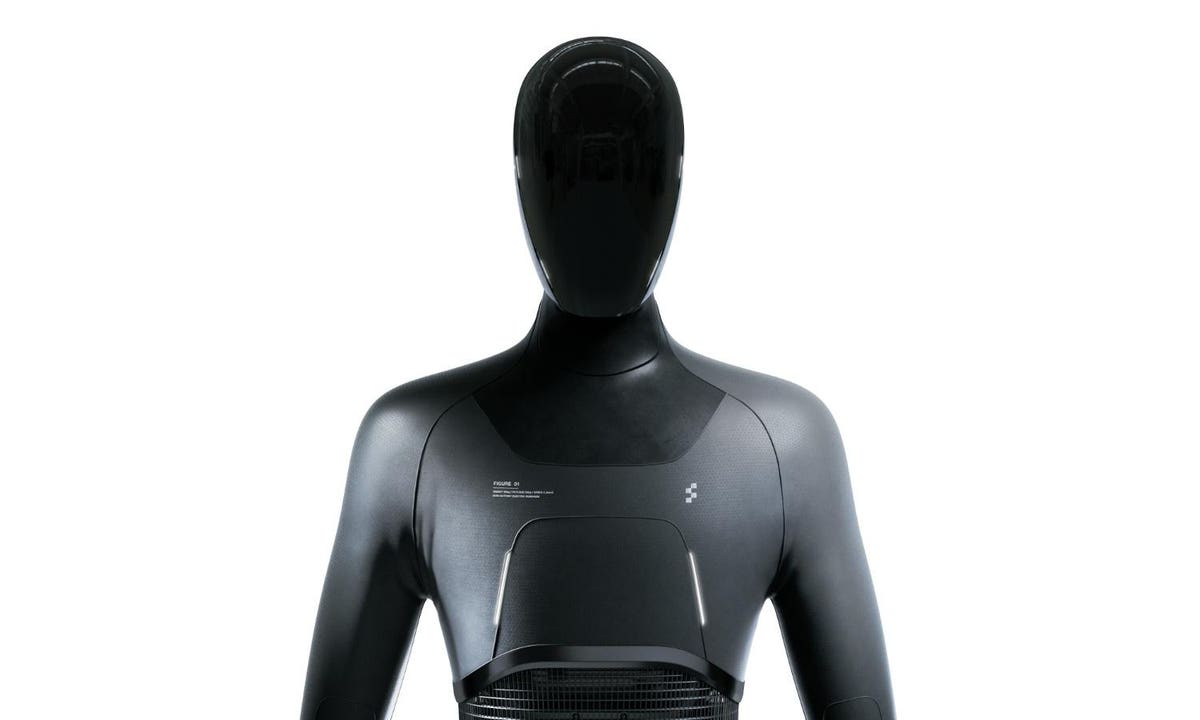Bipedal humanoid robots could outnumber humans relatively quickly, according to two venture capitalists who are investing in the space. That’s a good thing, they contend, to make up for a massive and increasing labor shortage.
“We’re going to have a 20 million job shortage,” says Gregg Hill, a venture capitalist with Parkway Venture Capital in a recent TechFirst podcast. “How are you going to fill that? I mean, commerce has to continue on, and it can actually cripple our economy if we don’t have a humanoid.”
Everyone seems to want to build humanoid robots lately. Hill has invested in Figure.ai, which has a “master plan” to develop humanoid robots that make a positive impact on humanity.” Tesla and SpaceX CEO Elon Musk is building Optimus, which he thinks will constitute the lion’s share of Tesla valuation at some point in the future. Chinese company Fourier Intelligence is building the GR-1. Boston Dynamics has interesting science projects in the space, while Agility Robots actually has humanoid robots at work right now, and Sanctuary AI has raised over $100 million to build out what CEO Geordie Rose says is one of the most advanced platforms on the planet.
The reasons why are fairly obvious, and related to the population crunch that aging countries are likely to experience: fewer workers to support more retirees. The U.S., for instance, could be on the verge of a “baby bust.”
The big questions around the mass introduction of humanoid robots include both how soon these bots will be ready to come online, and how we’re going to manage massive and relatively quick changes in the nature of jobs, careers, and our economic system.
“A humanoid can work 24 hours a day [with] a few charges like a Tesla car, work weekends, doesn’t get sick, right?” says Hill.
Humanoid robots will be available faster than we think, venture capitalists say. Figure’s robot will be doing actual work in 2024. Agility Robots is manufacturing at some scale with product already working in factories. Sanctuary AI has robots—though these ones are not humanoid—also working in manufacturers’ factories and warehouses, CEO Rose told me last week.
The first places humanoid robots will go are factories and warehouses: places that are relatively simple with defined tasks, consistent paths for navigation, plus flat, level footing. But they’ll eventually make it into healthcare, the home and pretty much anywhere else physical work needs to be done.
Which makes the AI part—the software—as or even more important than the actual humanoid form factor.
“Imagine a world where we could be one-to-one with humanoids pretty quickly, and maybe even more so, because some people are gonna want more than one, and … many corporations are going to want thousands,” says Jess Coors-Blankenship, also a VC with Parkway. “What does that do for production? It’s a complete game changer for productivity and our means of production.”
It’s also a complete game changer for jobs, because though robots are expensive at first they’ll get cheaper and cheaper over time, potentially bringing the marginal cost of physical labor to near zero.
Which means we’ll need solutions for people put out of work. The one that Tesla CEO Elon Musk has proposed is universal basic income. Perhaps funded by, as Microsoft founder Bill Gates has floated, an income tax on robots.
Subscribe to TechFirst, or get a full transcript of the episode this story is based on.
Read the full article here





